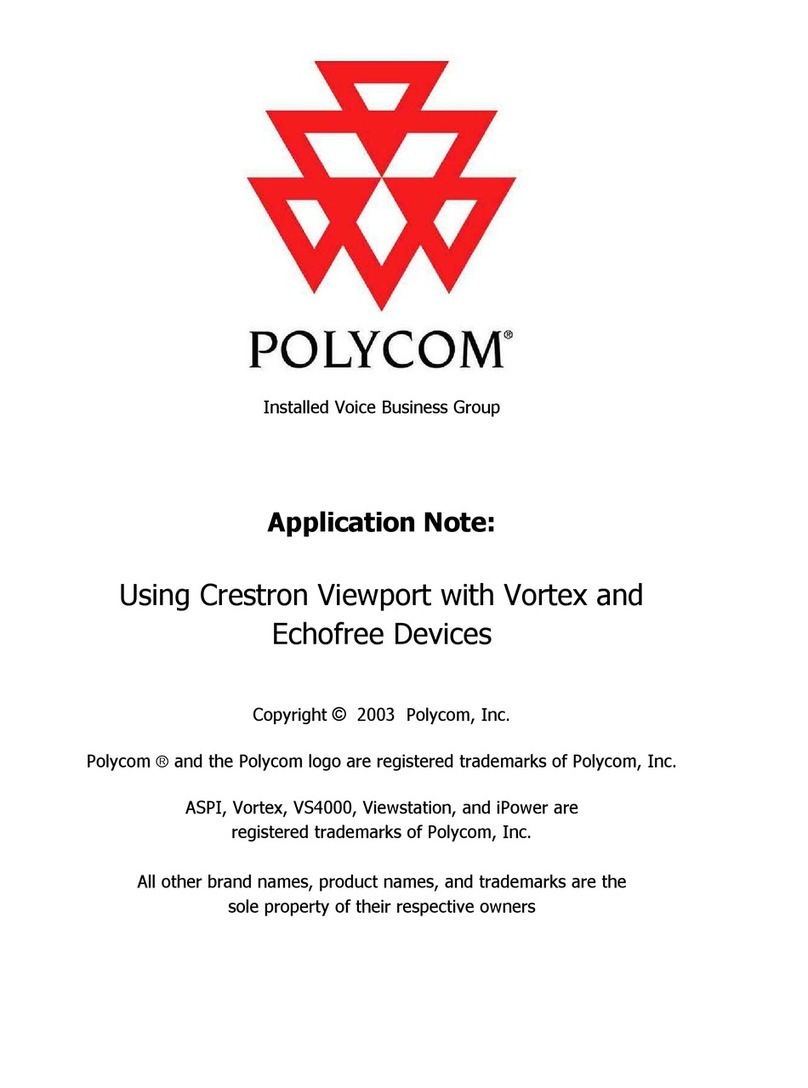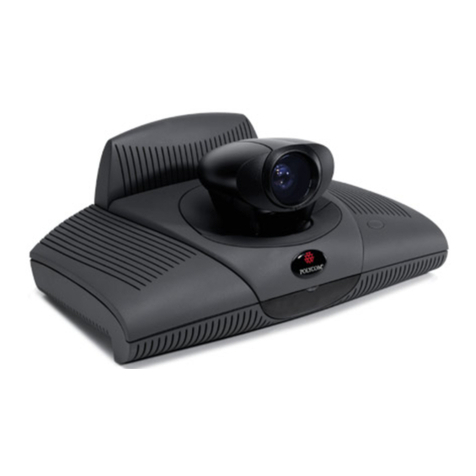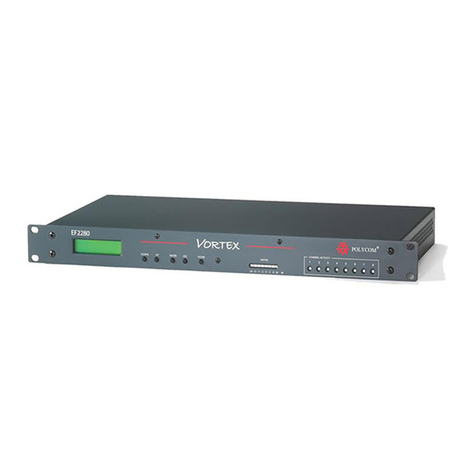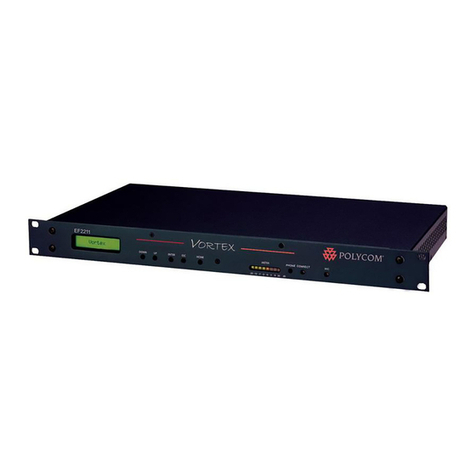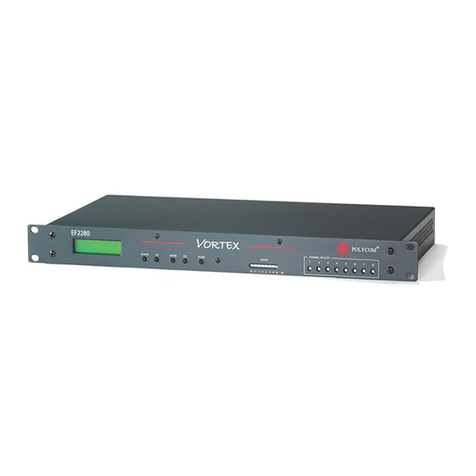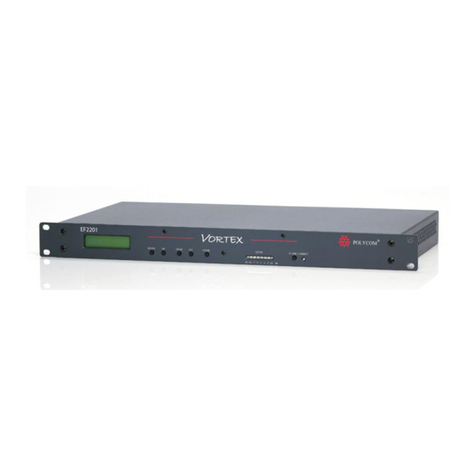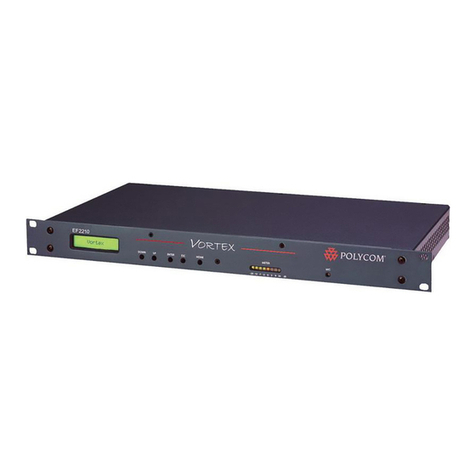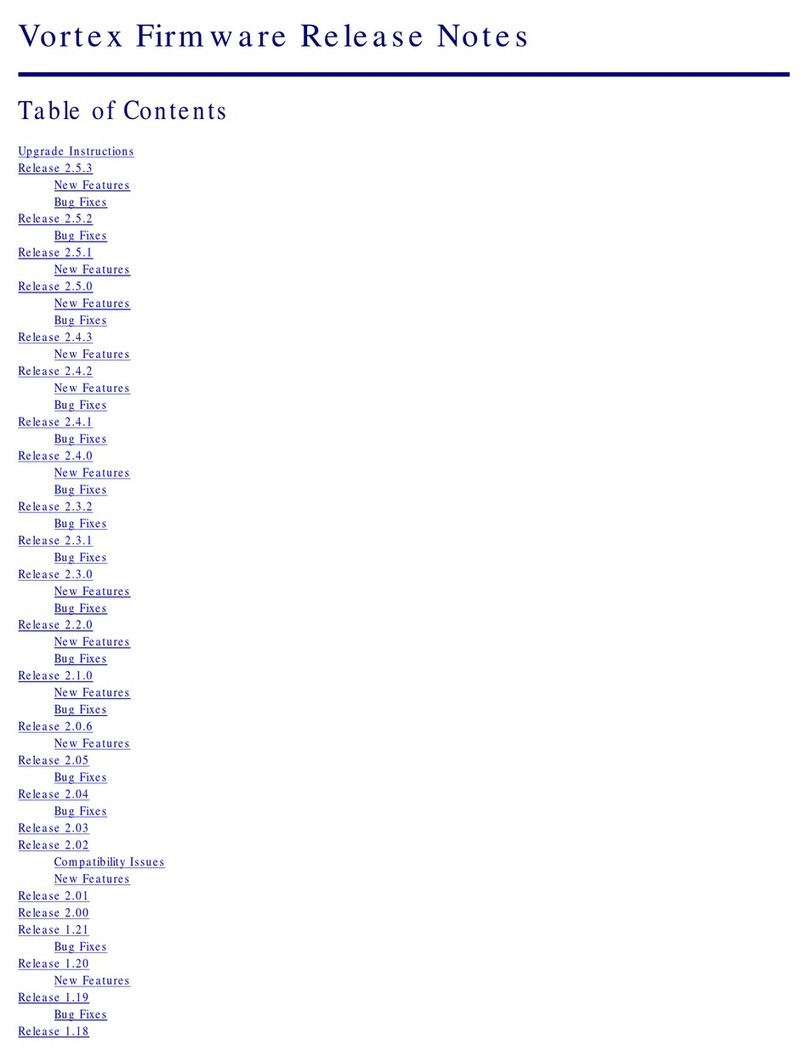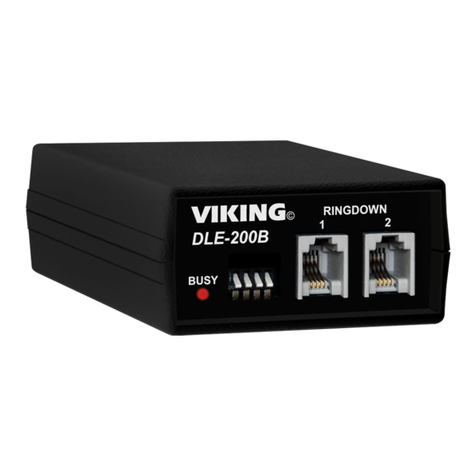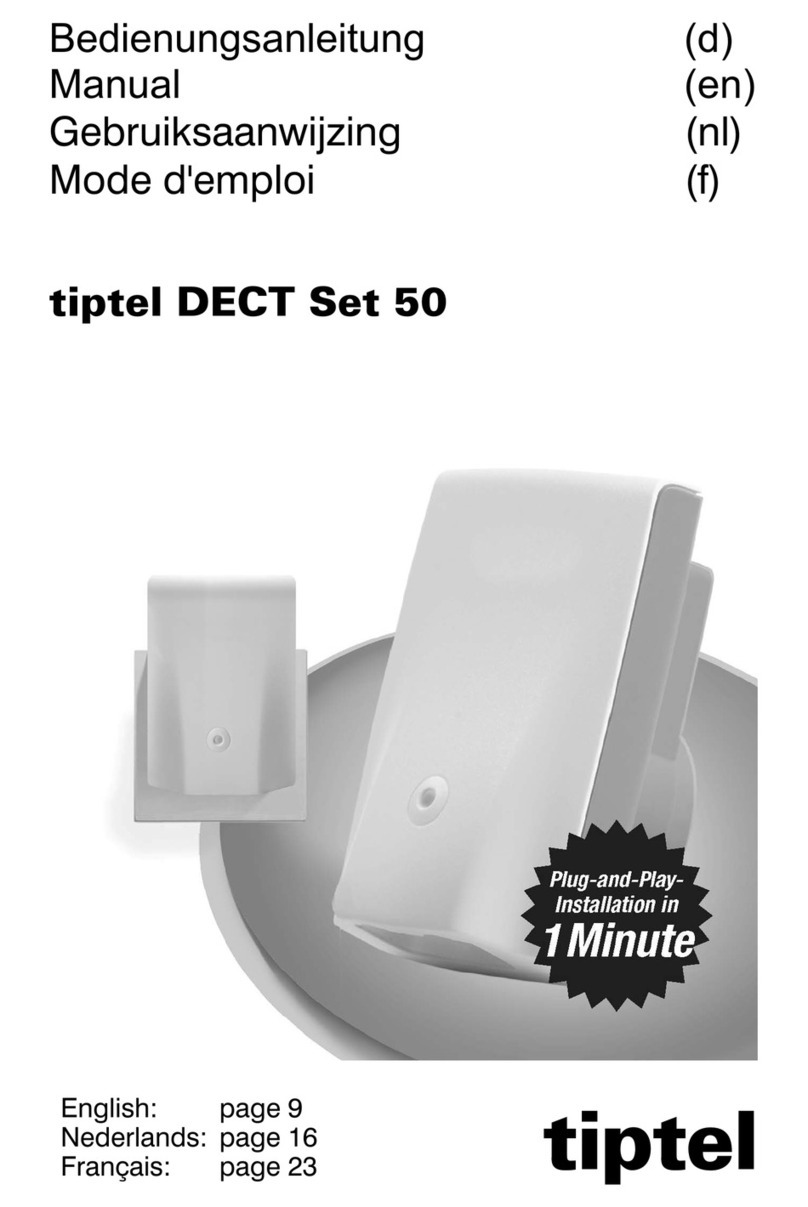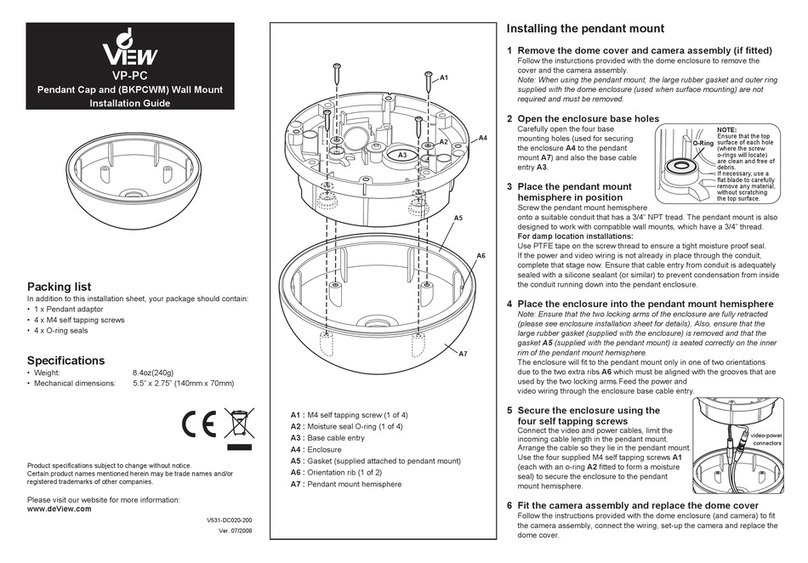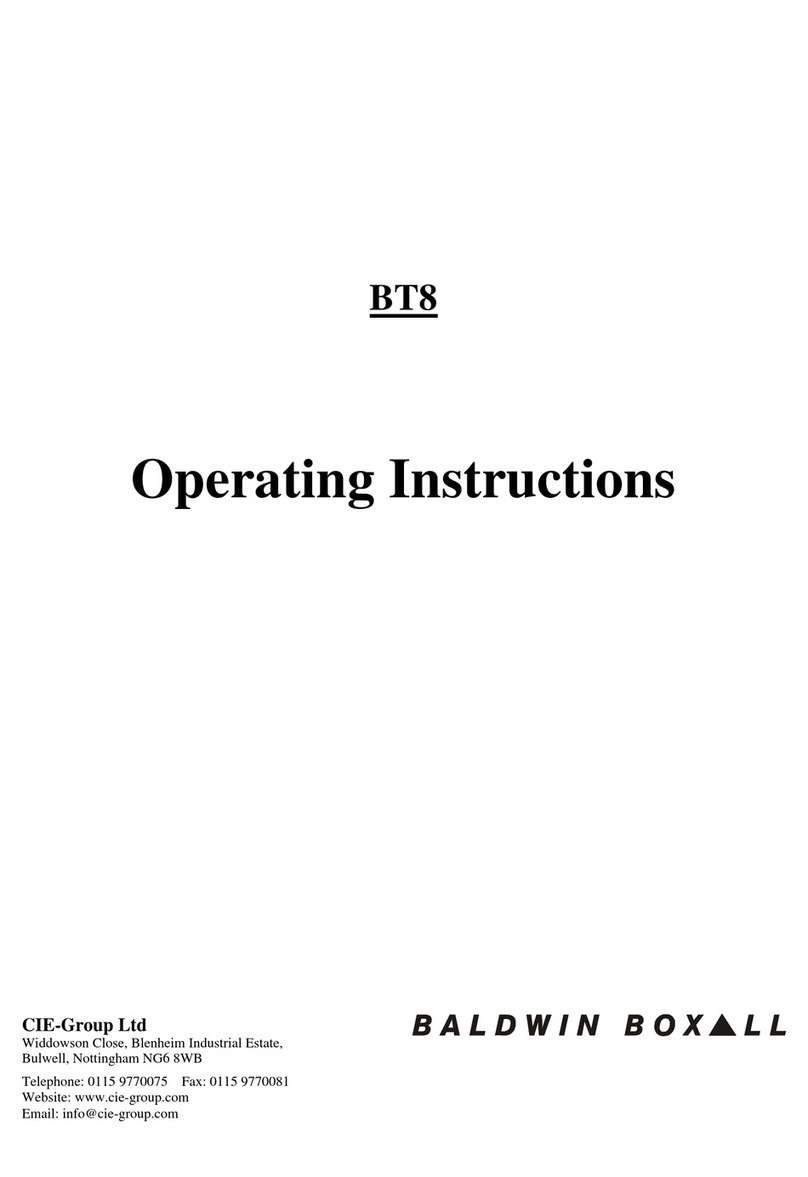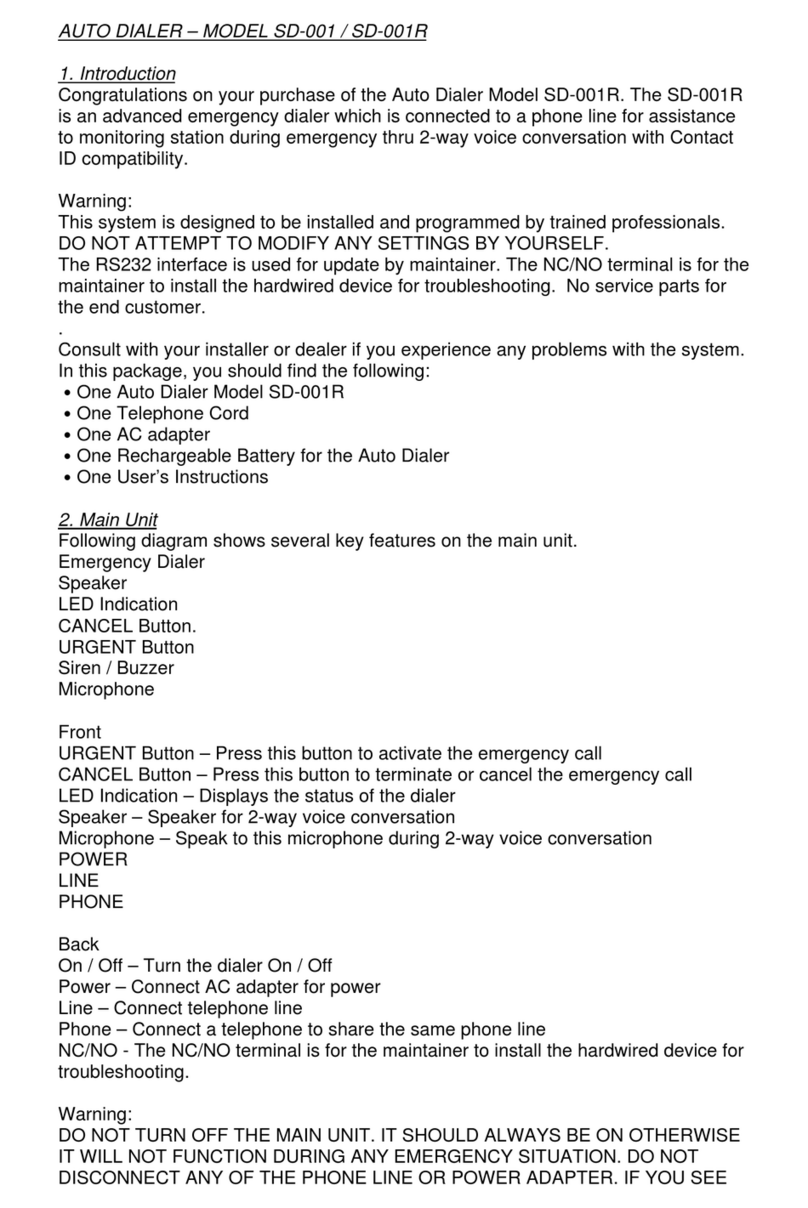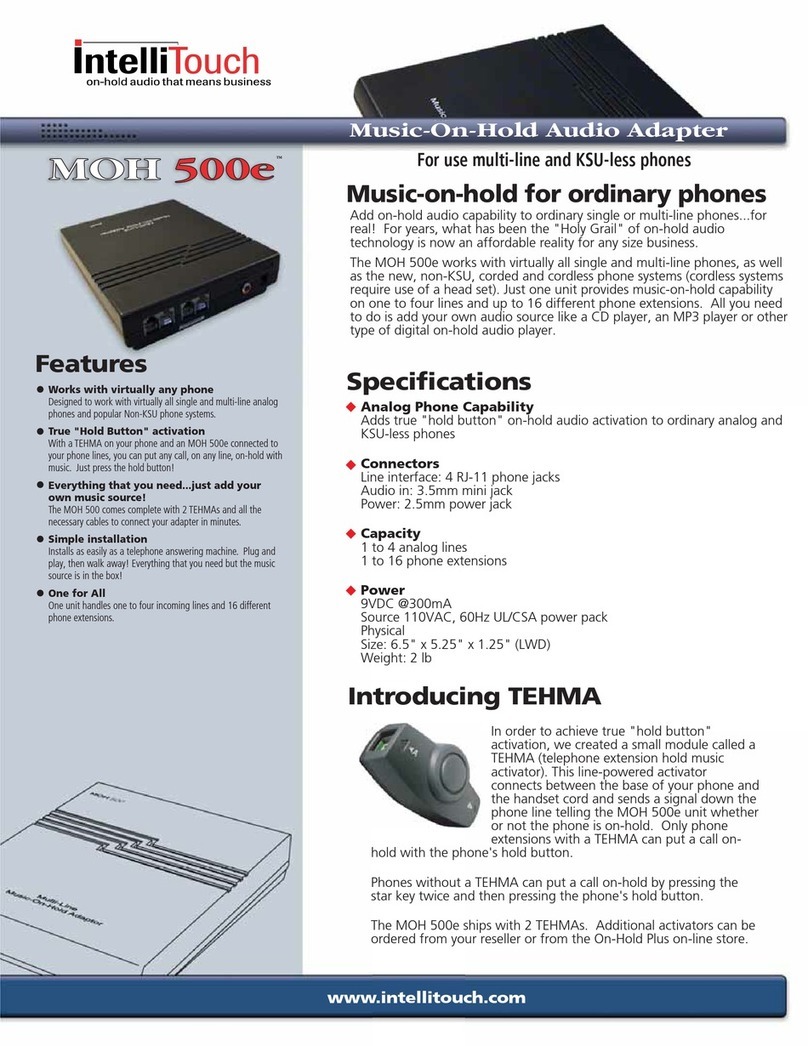
I 7
up by 10dB. If the AGC is continually pulling the input channel down by 8dB then your input gain should be adjusted
down by 8dB. It is that easy.
What is convergence speed and why is it important?
Convergence speed is how fast the AEC can adapt and “lock” onto to the local echo and effectively begin removing it.
You can think of convergence speed as the rate at which audio from the remote site played into the local room will be
attenuated by the AEC before being sent back to the remote site. This is related to convergence time, which is the
amount of time it takes the AEC to reduce the echo to some level. With most echo cancellers, before the AEC locks into
the echo, there is some amount of clipping that happens to the out going audio to prevent an echo from being sent back
to the remote side. This clipping makes it difficult to have a natural full-duplex conversation. Because participants in a
room are constantly moving, or the microphones are being moved or muted, or the volume is being changed, the echo
path is always changing. Faster convergence means the AEC can lock onto changes in the room faster and sound better
faster.
Why does the Vortex’s AEC converge faster than everyone else?
It is because we spent more than eight years in the development of our AEC algorithm, and we are continuing to work on
it. We have learned a great deal over this time frame. By tightly integrating the AEC with the noise canceller we can
make better decisions about when to adapt the AEC and when to not adapt. Adapting at the wrong time is worse than
not adapting at all because it is possible to make the echo worse if the AEC trains on the wrong signals, i.e., if it trains
on the local talker’s audio, mistaking it for an echo from the remote side.
What is tail time and why is a longer tail time important?
Tail time is the maximum length of time that an echo may bounce around the local room and still have the AEC recognize
it as an echo of the remote talker’s speech and remove it. Echoes that are longer than the tail time (because of a large
room, room with hard surfaces, etc.) will not get recognized by the AEC and will not be removed. The remote talkers will
always hear a delayed version of their audio if the echo length of the local room is larger than the tail time of the local
echo canceller. A longer tail time is important because it means the echo canceller can handle larger rooms or rooms
with hard surfaces.
Noise Cancellation Questions
How does the Vortex’s noise canceller work?
The Vortex’s noise cancellation system works by looking at the background noise between spoken words and estimating
the noise statistics. Once the system has determined the characteristics of the noise, it then removes the noise from the
input signal. Any subsequent processing, such as in the automixer and matrixer, work with the noise-reduced version of
the signal. The adaptation to the noise happens continuously, so as the background noise changes, such as HVAC is
turned on and off, the system adapts nearly instantaneously to the new noise characteristics.
How is the Vortex’s noise canceller different from other products that say they reduce noise?
Many products say they remove noise by filtering. When this happens, they will also remove any signal in the same
frequency band as the noise. The Vortex noise canceller is different from other products because it uses an adaptive
frequency selective algorithm to remove the noise only where there is noise and to leave the desired signals (speech,
audio, etc.) alone.
What type of noise does it work on?
The Vortex noise canceller works best with steady state signals, i.e., signals that are random, but their randomness can
be thought of as fixed. Examples of this are white or pink noise – the signal is random but the type of randomness is
known, periodic signals such as tones – the signal is steady state, and crowd noise – a large collection of voices, when
